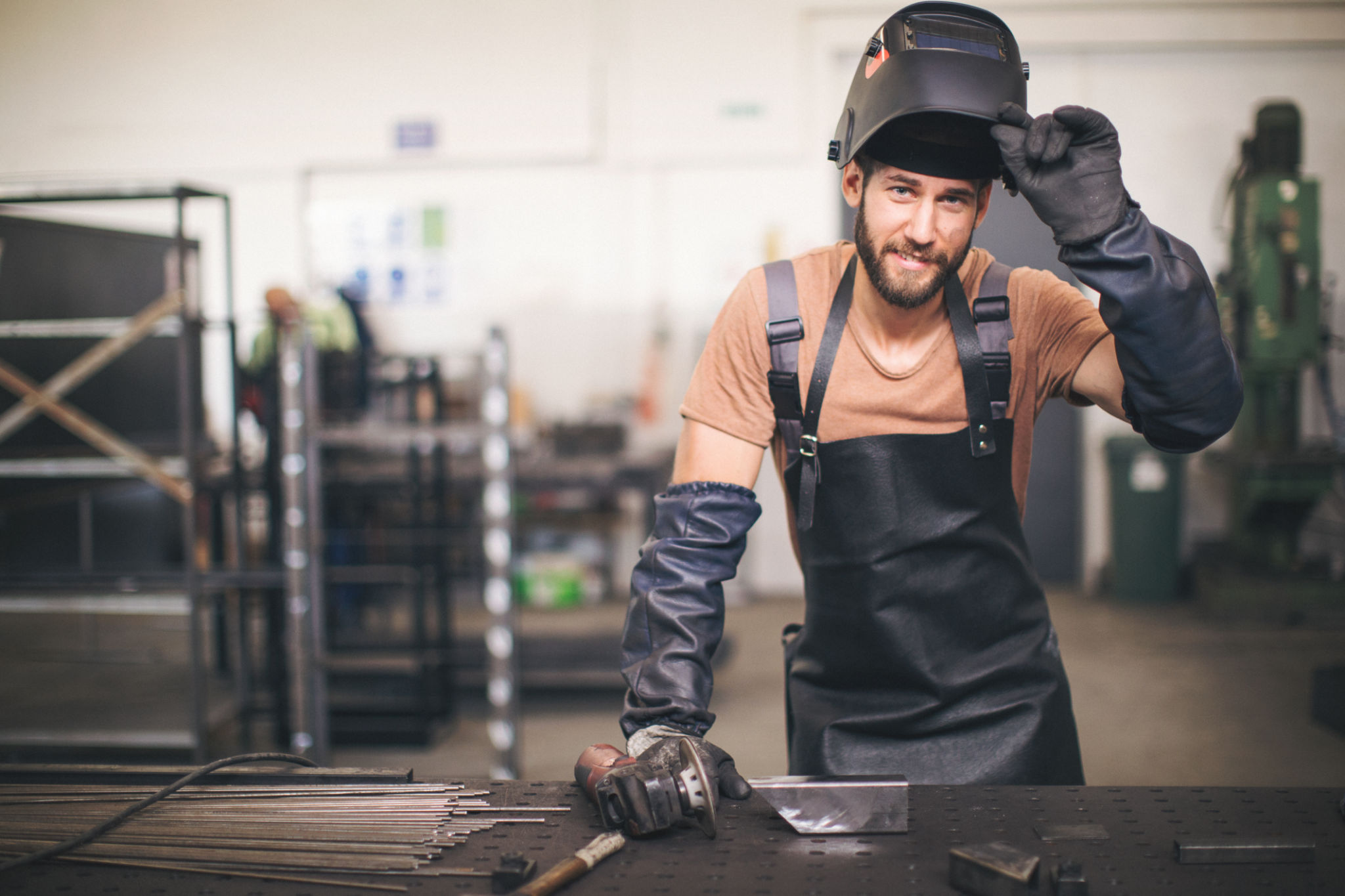The Latest Trends in Welding and Fabrication
Introduction to Modern Welding and Fabrication
Welding and fabrication are integral components of numerous industries, from construction to automotive. As technology evolves, so do the techniques and trends within these fields. Staying updated with the latest advancements can enhance efficiency and quality in projects.

Advanced Welding Techniques
The welding industry has seen significant shifts with the introduction of advanced techniques. Laser welding is one such innovation, offering precision and speed. It's particularly beneficial in industries requiring delicate or high-precision work, such as aerospace and electronics.
Another noteworthy technique is friction stir welding (FSW). This solid-state joining process is gaining popularity for its ability to join dissimilar materials with minimal distortion, making it ideal for applications in shipbuilding and railway manufacturing.
Automation in Welding
The integration of automation and robotics in welding is transforming the industry by enhancing productivity and reducing human error. Automated welding systems are equipped with sensors and cameras, allowing for real-time adjustments and improved accuracy.

Fabrication Innovations
In fabrication, 3D printing or additive manufacturing is a game-changer. It allows for the creation of complex geometries that were previously impossible or too costly to produce. This technique is particularly advantageous for prototyping and small-scale production runs.
Modular fabrication is another trend gaining traction. By constructing components off-site and assembling them on-site, companies can reduce construction time and improve quality control. This approach is increasingly popular in commercial construction and infrastructure projects.
Sustainability in Welding and Fabrication
As industries aim for greener practices, sustainable methods in welding and fabrication are becoming more prevalent. Eco-friendly welding techniques, such as using low-energy processes and recyclable materials, are being prioritized to reduce environmental impact.

Material Innovations
The development of new materials is also shaping the future of welding and fabrication. Advanced alloys and high-performance metals are being engineered to offer better strength-to-weight ratios, corrosion resistance, and durability.
The use of composite materials is another trend. These materials combine different substances to achieve properties not found in conventional materials, paving the way for innovative applications in various industries.
The Role of Education and Training
With these technological advancements, the need for skilled professionals is more important than ever. Educational programs are adapting to include training on the latest equipment and techniques, ensuring that the workforce is prepared to meet industry demands.

In conclusion, staying abreast of the latest trends in welding and fabrication not only enhances the efficiency and quality of projects but also ensures competitiveness in an ever-evolving market. Embracing these innovations can lead to more sustainable practices, cost savings, and improved safety standards.
